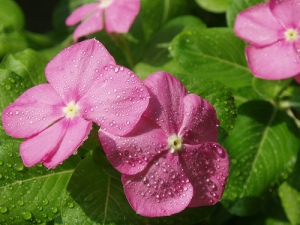 “Where do you find calm? Where do you find endurance? Where do we draw the line between being “uncomplaining” and being authentic? How can we find tolerance for those around us? Where do we find self-possession in the face of want or high anticipation? What is the source of diligence?”
“Where do you find calm? Where do you find endurance? Where do we draw the line between being “uncomplaining” and being authentic? How can we find tolerance for those around us? Where do we find self-possession in the face of want or high anticipation? What is the source of diligence?”
According to the Internet, Thomas Carlyle said “Endurance is patience concentrated.” Endurance is often praised, particularly in this day of the “weekend warrior” who trains for marathons in her spare time between juggling kids and a job. The more you can do, the longer you can do it, the farther you can go…somehow, the better you are.
And maybe that’s why I can’t enjoy running — I don’t have the concentrated patience to get through the distance.
But some times that call for patience really call for endurance. For us to live through, to let time progress and bring what it will. For things to develop, outside of our control. That endurance can be difficult.
But maybe we can take a lesson from those crazy-awesome marathon runners here. A Runners World article tells runners who want to boost their endurance to consider some or all of these tips:
- Take one step at a time
- Run loops of the same 800-meter length until you build up to your desired distance
- Run long and slow
- Make every workout count
- Do simple exercises that will make small but meaningful changes to your run
- Run longer tempo runs — runs that are timed to a particular cadence
- Run long and fast
Take one step at a time. Exactly what you need to do to endure a wait for information or for an event to arrive. There may be some things related — or even unrelated — to that day you are waiting for that you can do in advance. Address these tasks one at a time. If you are anticipating an event or information that will open up a whole new world of decisions, and it’s making you anxious that you can’t address that world yet…remember to take it one step at a time.
If you are heading into something that you need to be prepared for, part of the time of endurance could be practicing your role in whatever way makes sense for the occasion.
Run long and slow — look ahead to that destination, but let your body and your mind become okay with getting there less quickly than you might have expected or wished. If you get news that sets your timeline back, remember…long and slow.
Make every moment count.
Approach your life with simplicity, and see what simple changes in your life you can make to help your capacity for endurance. Cutting out stimulants like caffeine, taking the time to regularly practice yoga, etc.
What else can you do to increase endurance?





